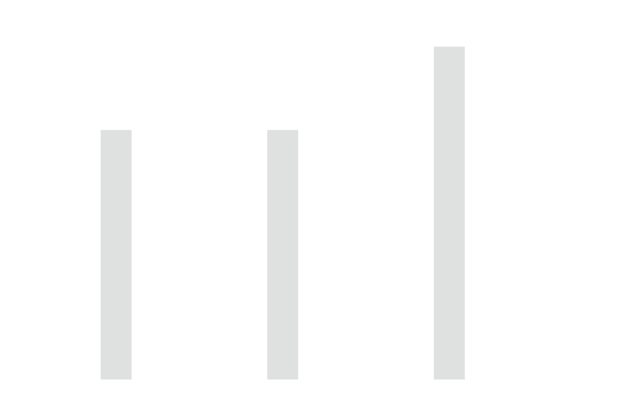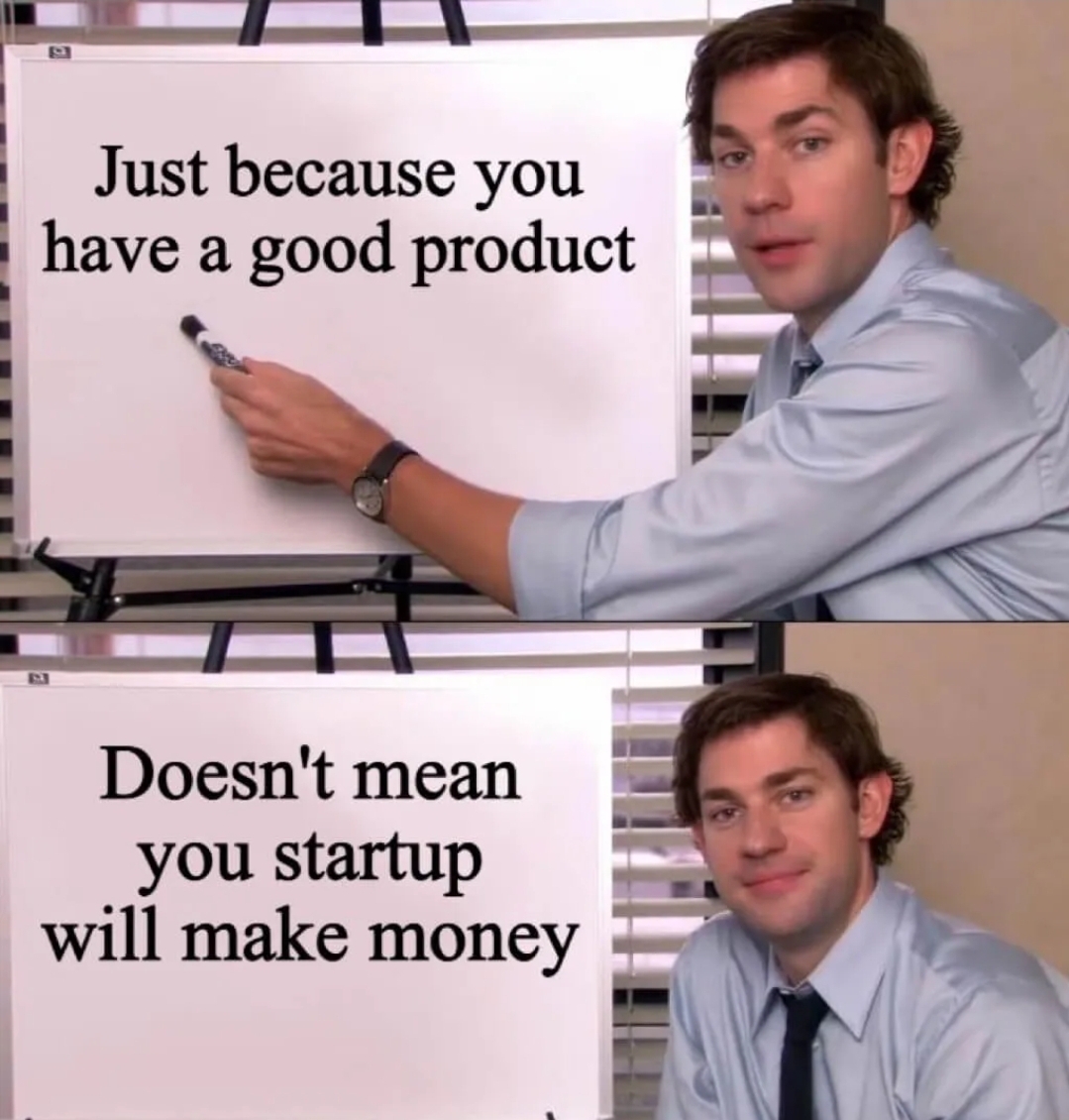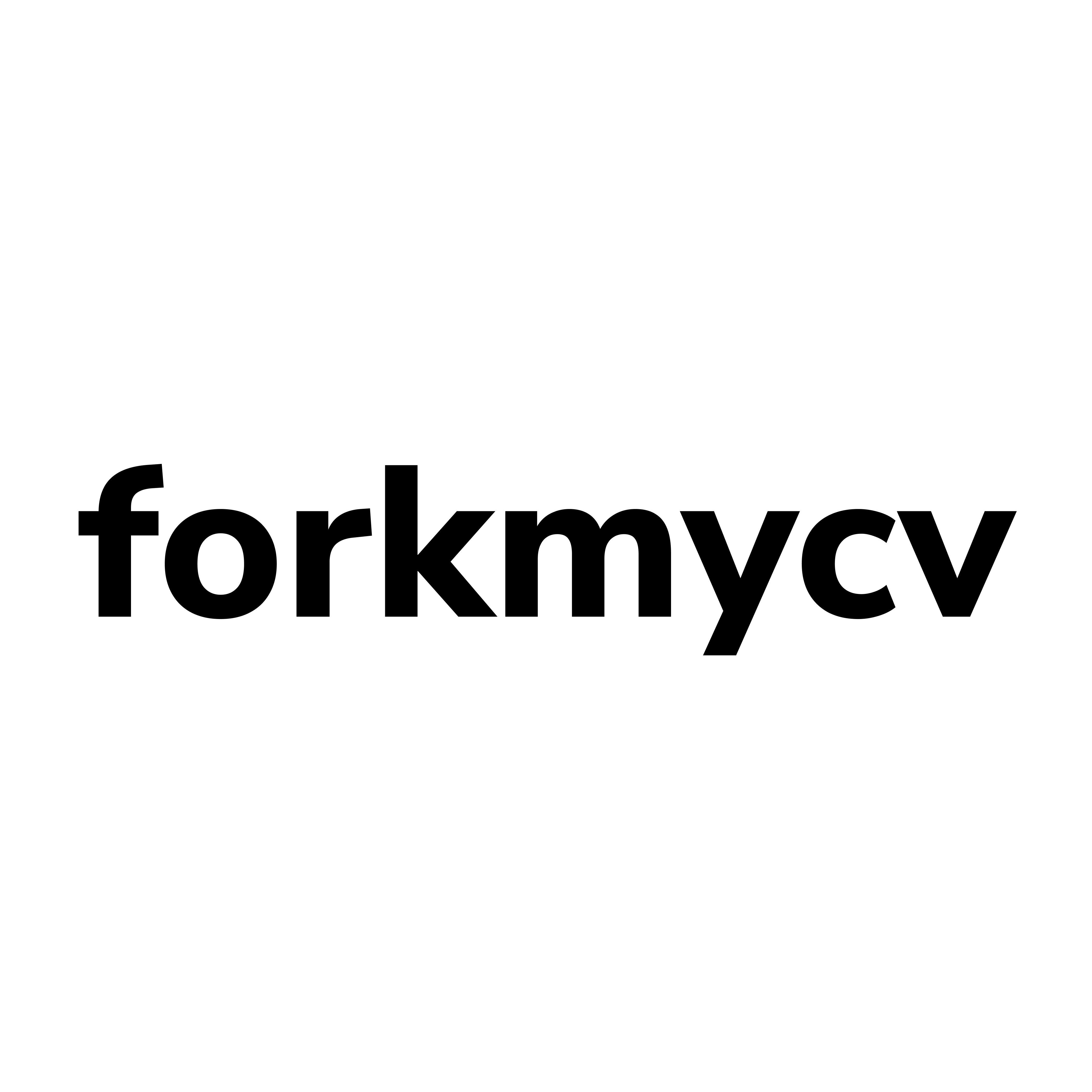Back
SamCtrlPlusAltMan
•
OpenAI • 5m
Most startup advice ends at “find product-market fit.” But what happens after that? This talk..How to Build a Product that Scales into a Company, is one of the most underrated deep dives on what actually matters after you get something people want. Here are the key lessons that stood out to me, with timestamps, for anyone trying to turn a promising product into an enduring company: - [00:01–01:10] Startups often begin with a product, not a market. That’s okay. But at some point, you have to evolve from building for fun to building a repeatable business. This means thinking about go-to-market, pricing, and distribution early, not as an afterthought. - [01:10–02:43] The “Product-Company Gap” is where most startups die. You found PMF? Great. But can you sell it repeatedly? Can you serve a segment efficiently? Most founders underestimate how hard it is to build scalable systems around the product. This is the real work. - [02:43–04:15] A cautionary tale: Padient. They had great tech, even got acquired by PayPal. But they failed to become a company because they misread the market and underestimated enterprise sales cycles. Lesson: Distribution strategy > cool product. - [07:54–11:58] As you scale, your costs shift, and so should your mindset. Early: it’s all R&D. Later: it’s sales and marketing. Investors care about this ratio as you grow. If your product can’t scale without massive cost bloat, you’ve built a project, not a company. - [13:22–17:30] Focus on critical, not just latent, user needs. Use a value matrix to identify problems that are painful enough to drive behavior change. “Nice-to-haves” are quiet killers..they attract users but rarely convert or retain them. - [17:30–23:10] Minimum Viable Segment (MVS) > MVP. Don’t serve everyone. Serve someone extremely well. Pick a tight, winnable segment and dominate it before expanding. Early pricing and positioning should be informed by real user conversations, not market guesswork. - [28:40–35:49] Talk to 200+ users before you build. Seriously. Ask: What do you hate about your current solution? What would make you switch? Would you pay for a fix? This becomes the bedrock of your GTM strategy. - [50:09–1:03:20] Distribution ecosystems matter more than we think. Low time-to-value + easy onboarding + right partnerships = growth. Example: Klaviyo scaled through integrations and community evangelism, not just code quality. TL;DR: Finding PMF is step one. Designing for scale, sales, and segmentation is step two. Only then do you have a company, not just a good idea. 🎥 Full talk below. Highly recommend every founder watch this once (or twice).
Replies (6)
More like this
Recommendations from Medial
Pawan Dewangan
Content Creator | Fi... • 1y
Episode - 02 (Part - 01)📢 - Shark Tank Terms Series 🎯 - Go through the content and give a feedback to improve content Quality...📈 - Keep your support and be with me for this 30 day challenge 📌 #Sharktank #Entrepeneur #Learn #30dayschallenge
See More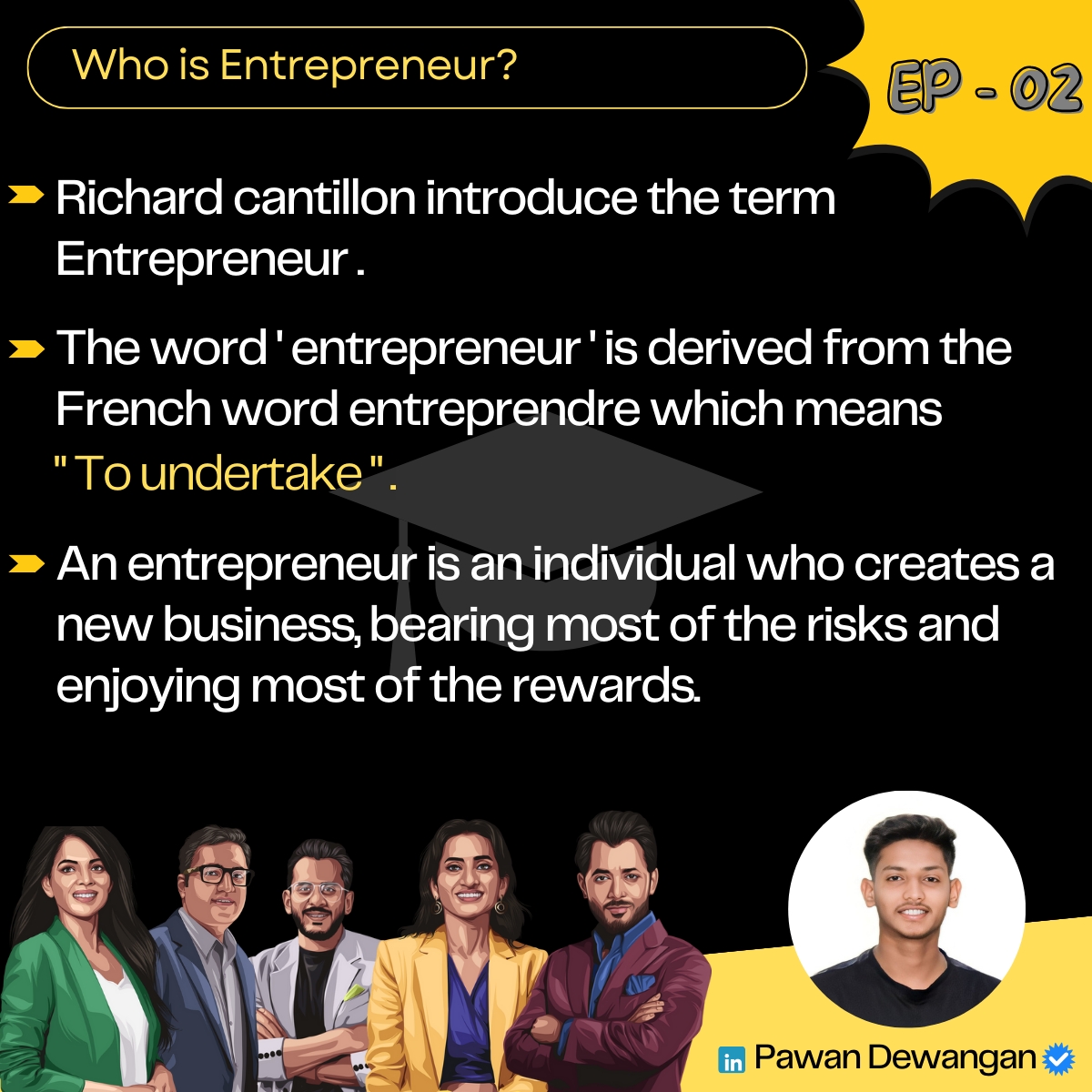
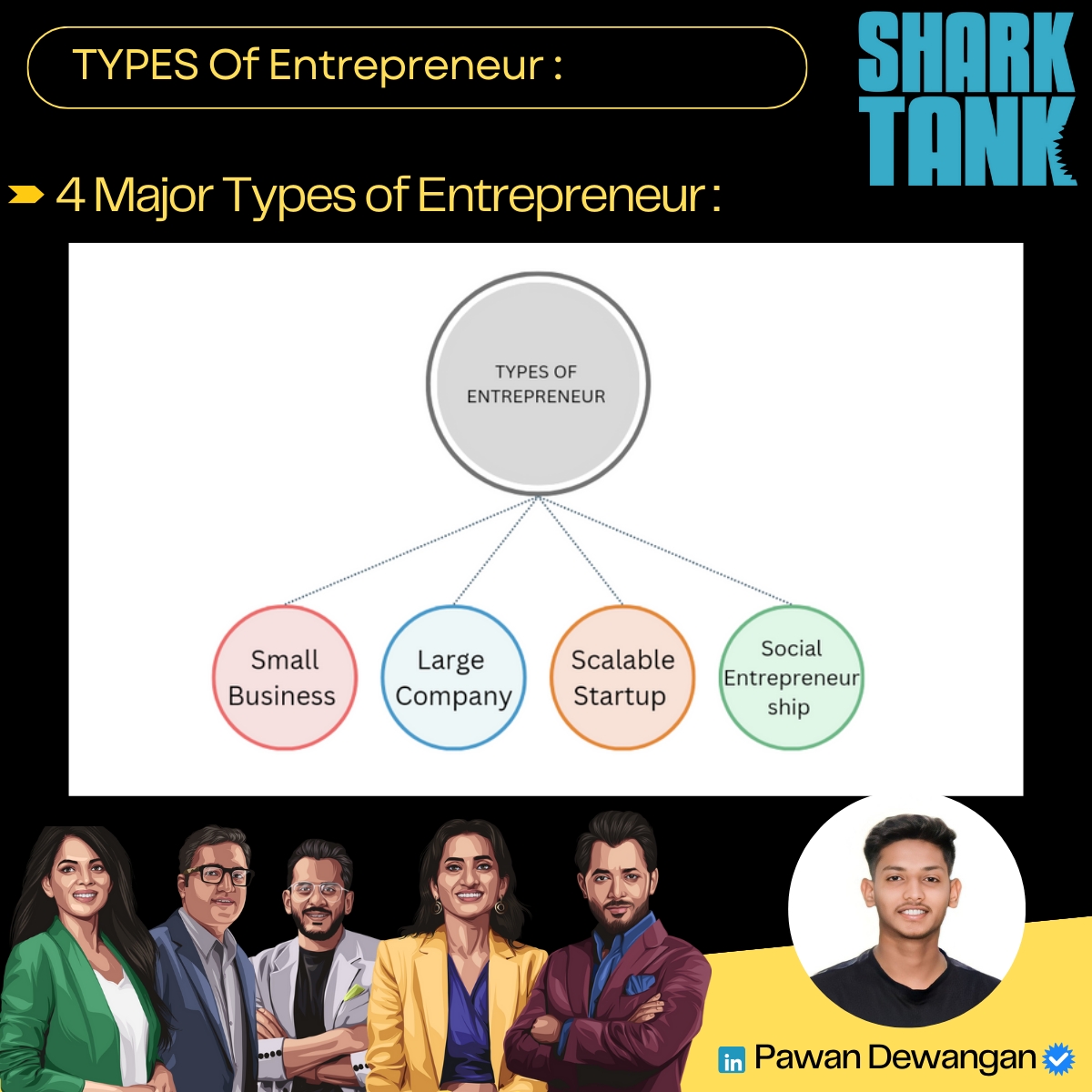
Startup Savvy
Entrepreneur is What... • 1y
Fundamentals of Business 1) Vision Mission :- Company should be clear about their vision 2) Market Analysis :- Analyse the Market Conditions to launch your product 3) Business Model :- Create Best Business Model according to your company 4) Marketin
See MoreVaishnavi Gupta
Learn from other peo... • 1y
Many big companies new product goes viral with marketing and even many small company market there product with no cost or with less cost on social media. My qts is how to small companies can market their product let's take they are not technologicall
See MoreDownload the medial app to read full posts, comements and news.

